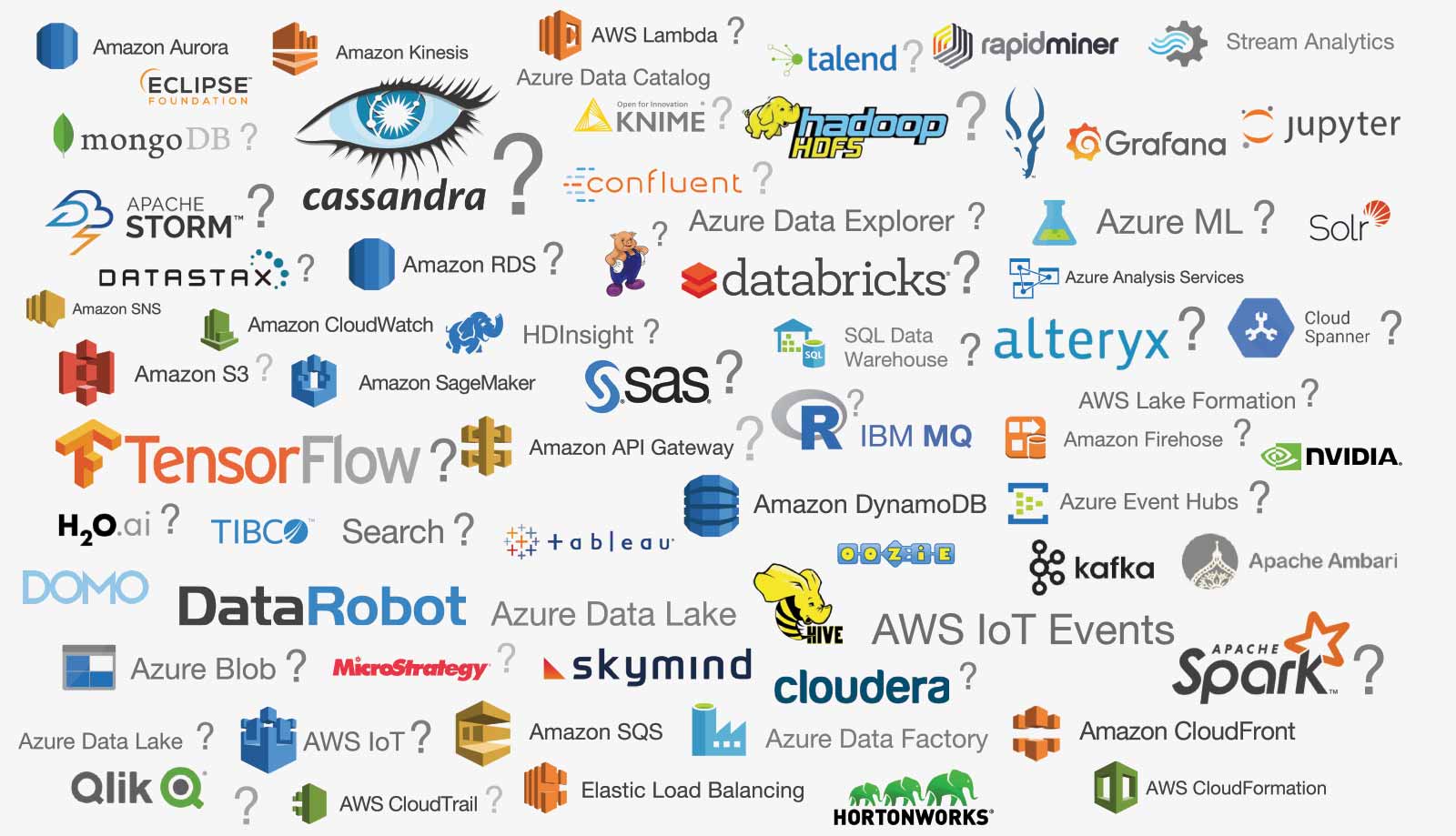- AI Software
- C3 AI Applications
- C3 AI Applications Overview
- C3 AI Anti-Money Laundering
- C3 AI Cash Management
- C3 AI CRM
- C3 AI Decision Advantage
- C3 AI Demand Forecasting
- C3 AI Energy Management
- C3 AI ESG
- C3 AI Intelligence Analysis
- C3 AI Inventory Optimization
- C3 AI Process Optimization
- C3 AI Production Schedule Optimization
- C3 AI Property Appraisal
- C3 AI Readiness
- C3 AI Reliability
- C3 AI Smart Lending
- C3 AI Sourcing Optimization
- C3 AI Supply Network Risk
- C3 AI Turnaround Optimization
- C3 AI Platform
- C3 Generative AI
- Get Started with a C3 AI Pilot
- Industries
- Customers
- Resources
- Generative AI
- Generative AI for Business
- C3 Generative AI: How Is It Unique?
- Reimagining the Enterprise with AI
- What To Consider When Using Generative AI
- Why Generative AI Is ‘Like the Internet Circa 1996’
- Can Generative AI’s Hallucination Problem be Overcome?
- Transforming Healthcare Operations with Generative AI
- Data Avalanche to Strategic Advantage: Generative AI in Supply Chains
- Supply Chains for a Dangerous World: ‘Flexible, Resilient, Powered by AI’
- LLMs Pose Major Security Risks, Serving As ‘Attack Vectors’
- C3 Generative AI: Getting the Most Out of Enterprise Data
- The Key to Generative AI Adoption: ‘Trusted, Reliable, Safe Answers’
- Generative AI in Healthcare: The Opportunity for Medical Device Manufacturers
- Generative AI in Healthcare: The End of Administrative Burdens for Workers
- Generative AI for the Department of Defense: The Power of Instant Insights
- What is Enterprise AI?
- Machine Learning
- Introduction
- What is Machine Learning?
- Tuning a Machine Learning Model
- Evaluating Model Performance
- Runtimes and Compute Requirements
- Selecting the Right AI/ML Problems
- Best Practices in Prototyping
- Best Practices in Ongoing Operations
- Building a Strong Team
- About the Author
- References
- Download eBook
- All Resources
- C3 AI Live
- Publications
- Customer Viewpoints
- Blog
- Glossary
- Developer Portal
- Generative AI
- News
- Company
- Contact Us
- What is Enterprise AI
- Introduction: A New Technology Stack
- Requirements of the New Enterprise AI Technology Stack
- Reference AI Software Platform
- Awash in “AI Platforms”
- “Do It Yourself” AI?
- The Gordian Knot of Structured Programming
- Cloud Vendor Tools
- C3 AI Platform: What is Model-Driven Architecture
- Platform Independence: Multi-Cloud and Polyglot Cloud Deployment
- Conclusion: A Tested, Proven AI Platform
- Enterprise AI Best Practices
- Enterprise AI Buyer’s Guide
- 10 Core Principles of Enterprise AI
- IT for Enterprise AI
- Develop AI 26X Faster on AWS
- Develop AI 18X Faster on Azure
- Enterprise AI Resources
What is Enterprise AI?
Awash in “AI Platforms”
Industry analysts estimate that organizations will invest more than $250 billion annually in digital transformation software by 2025. According to McKinsey, companies will generate more than $13 trillion annually in added value from the use of these new technologies. This is the fastest-growing enterprise software market in history and represents an entire replacement market for enterprise application software.
Today the market is awash in open source “AI Platforms” that purport to be solutions sufficient to design, develop, provision, and operate enterprise AI and IoT applications. In this era of AI hype, there are literally hundreds of these in the market – and the number increases every day – that present themselves as comprehensive “AI Platforms.”
Figure 2
A Sea of “AI Platforms”
The market is awash with hundreds of open source components that purport to be an “AI platform.” Each component can provide value, but none provides a complete platform by itself.

Examples include Cassandra, Cloudera, DataStax, Databricks, AWS IoT, and Hadoop. AWS, Azure, IBM, and Google each offer an elastic cloud computing platform. In addition, each offers an increasingly innovative library of microservices that can be used for data aggregation, ETL, queuing, data streaming, MapReduce, continuous analytics processing, machine learning services, data visualization, etc.
They all appear to do the same thing and they all appear to provide a complete AI platform. While many of these products are useful, the simple fact is that none offers the scope of utility necessary and sufficient to develop and operate an enterprise AI or IoT application.
Consider Cassandra, for example. It is a key-value data store, a special-purpose database that is particularly useful for storing and retrieving longitudinal data, like telemetry. For that purpose, it is an effective product. But that functionality represents perhaps one percent of the required solution. Likewise, HDFS is a distributed file system, useful for storing unstructured data. TensorFlow, a set of math libraries published by Google, is useful in enabling certain types of machine learning models. Databricks enables data virtualization, allowing data scientists or application developers to manipulate very large data sets across a cluster of computers. AWS IoT is a utility for gathering data from machine-readable IoT sensors. The point is: these utilities are all useful, but none is sufficient by itself. Each addresses only a small part of the problem required to develop and deploy an AI or IoT application.
Moreover, these utilities are written in different languages, with different computational models and frequently incompatible data structures, developed by programmers of varying levels of experience, training, and professionalism. They were not designed to work together. Few, if any, were written to commercial programming standards. Most have not proven commercially viable and the source code has been contributed to the open source community. The open source community is a kind of superstore in the cloud with a growing collection of hundreds of computer source code programs available for anyone to download, modify at will, and use at no cost.
